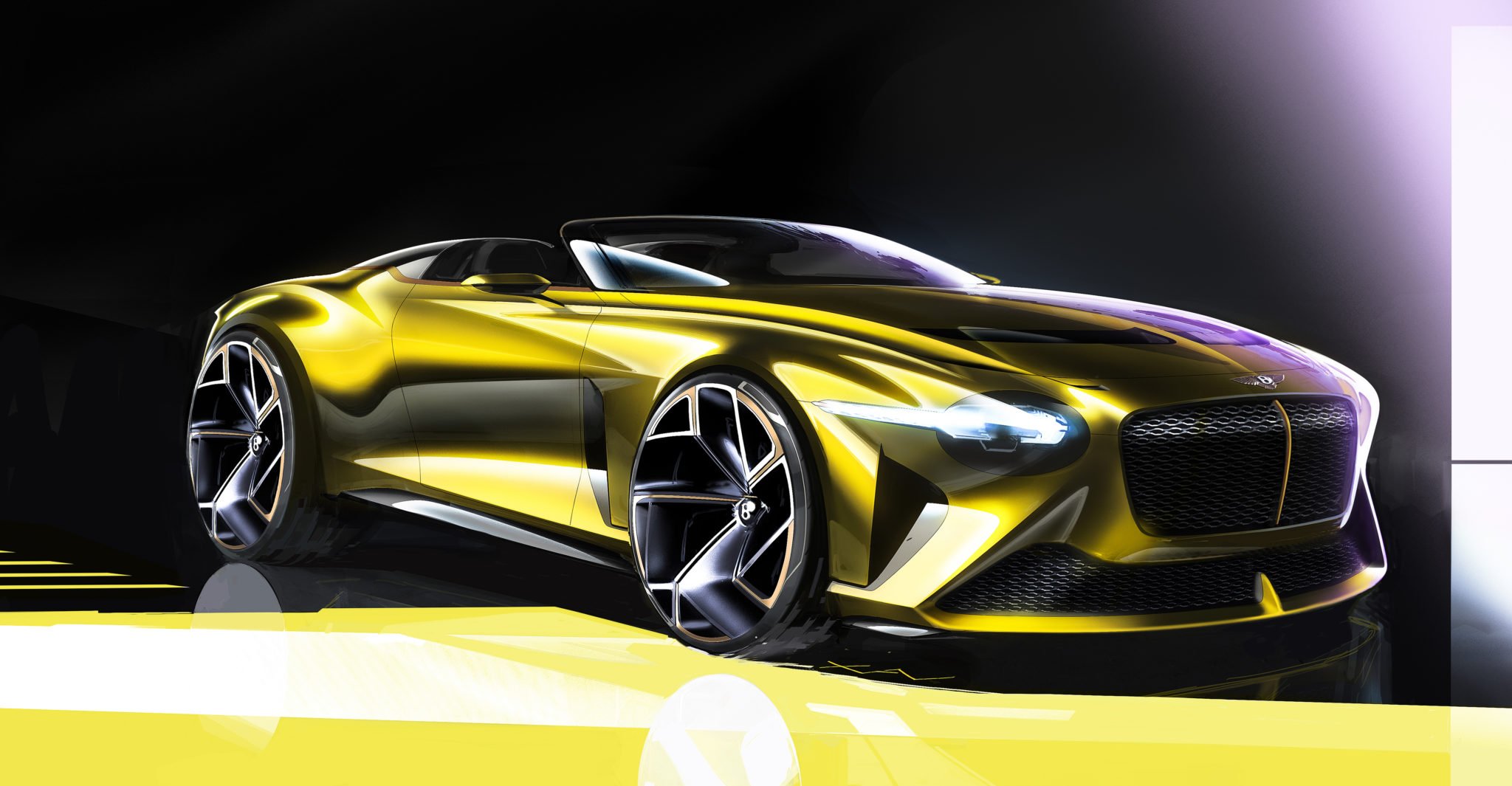The coronavirus’ economic fallout has brought sick days to the car industry, including quarantines for fantasy cars that are the lifeblood of international auto shows. With Geneva’s luxury-focused extravaganza hastily canceled and the New York International Auto Show now punted from April to August, purveyors and potential buyers of the world’s rarest cars have been forced to ogle virtual “unveilings” instead.
For a certain subset of car enthusiasts and collectors, a $250,000 Ferrari might as well be a Ford. No, not that Ford—which is exactly the kind of car we’re talking about—so exclusive and so expensive that most car fans will never see one in the flesh, beyond the hot lights and revolving pedestals of auto shows. That includes auto journalists: I would have loved to have traced my fingertips across the Aston Martin Speedster’s carbon-fiber bonnet until a Swiss security guard told me “nicht anfassen!” with impeccable timing of course.

Sans virus, Geneva alone would have gifted us four new cars with a combined price tag of roughly $7 million. That’s enough money to buy 350 can’t-miss engagement rings, 175 Tesla Model 3s or one decently renovated West Village brownstone. See? It’s all relative.
Koenigsegg Gemera
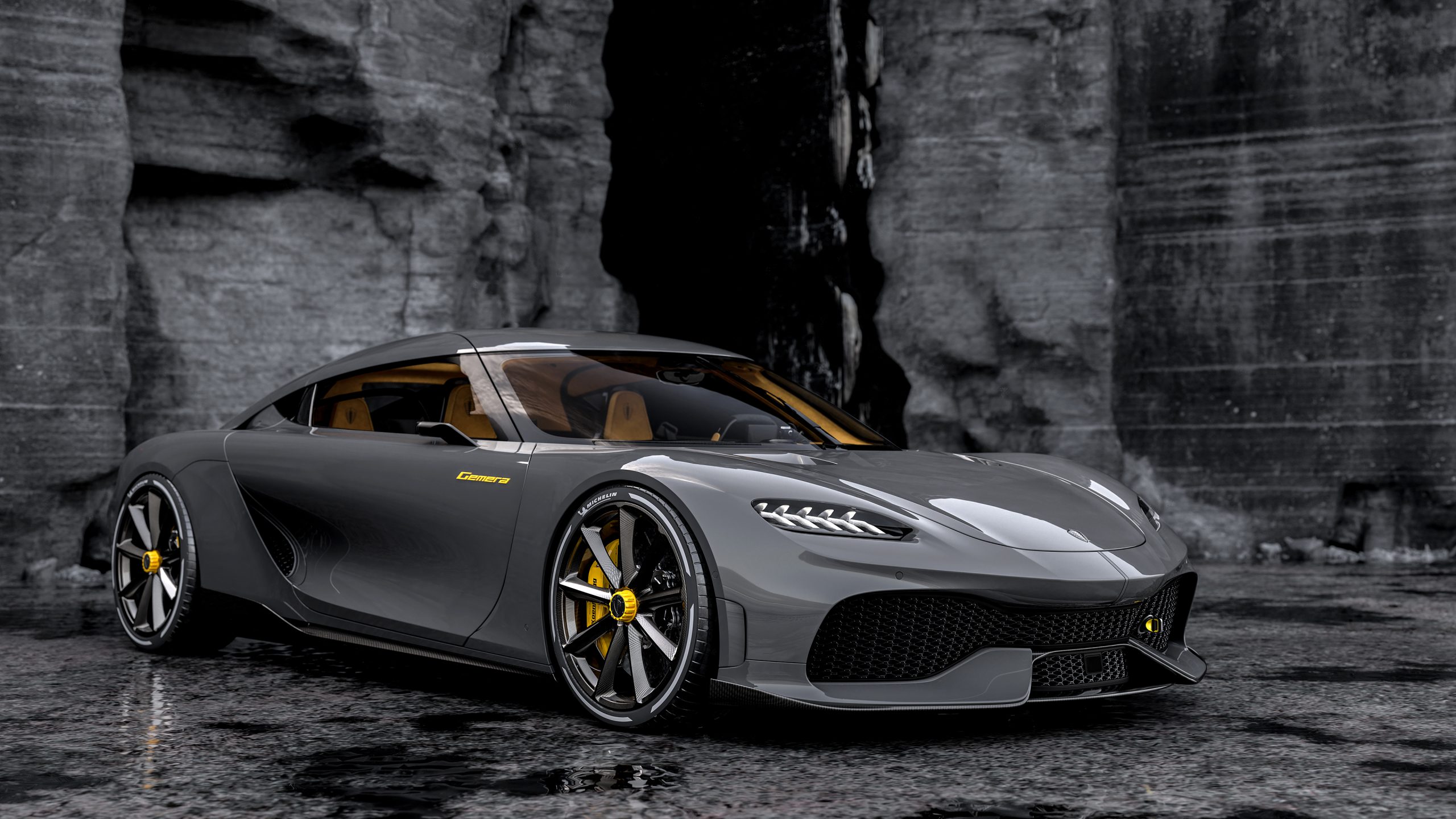
It takes a special buyer to look at a seven-figure hypercar and say, “You know what this baby needs? Room for the family!” Leave it to Christian von Koenigsegg, Sweden’s favorite automotive dreamer and 007 supervillain-in-waiting, to address this heretofore unmet need: The Gemera hybrid is a lot like your everyday Koenigsegg, only with four seats, four reading lights, eight cupholders and wireless phone chargers all around.
The company plans to create 300 examples of this carbon-fiber indulgence, at a price we’ll peg at $1.4 million. For the first time, Koenigsegg dispenses with his usual V-8, in favor of a three-cylinder gasoline engine—he calls it the “Tiny Friendly Giant”—that generates 592 horsepower from a Honda-esque 2.0 liters of displacement. In Koenigsegg’s ever-innovative fashion, that engine has no conventional, energy-sapping camshaft; instead, the “Freevalve” system controls intake and exhaust valves with electric solenoids for a claimed 20 percent efficiency gain versus conventional engines.

Koenigsegg says the Gemera can travel 31 miles on electricity alone, at speeds up to 186 mph. With its engine and three electric motors combined, the Gemera amasses 1,677 horsepower, more than double that of the most-powerful Tesla, with a boggling 2,581 pound-feet of torque. The 0-60 mph launch takes 1.9 seconds, with an estimated 248 mph top speed and a 590-mile driving range. Koenigsegg notes that ISOFIX child latches are available on request for parents who’d like to scare the bejesus out of kids.
Aston Martin Speedster
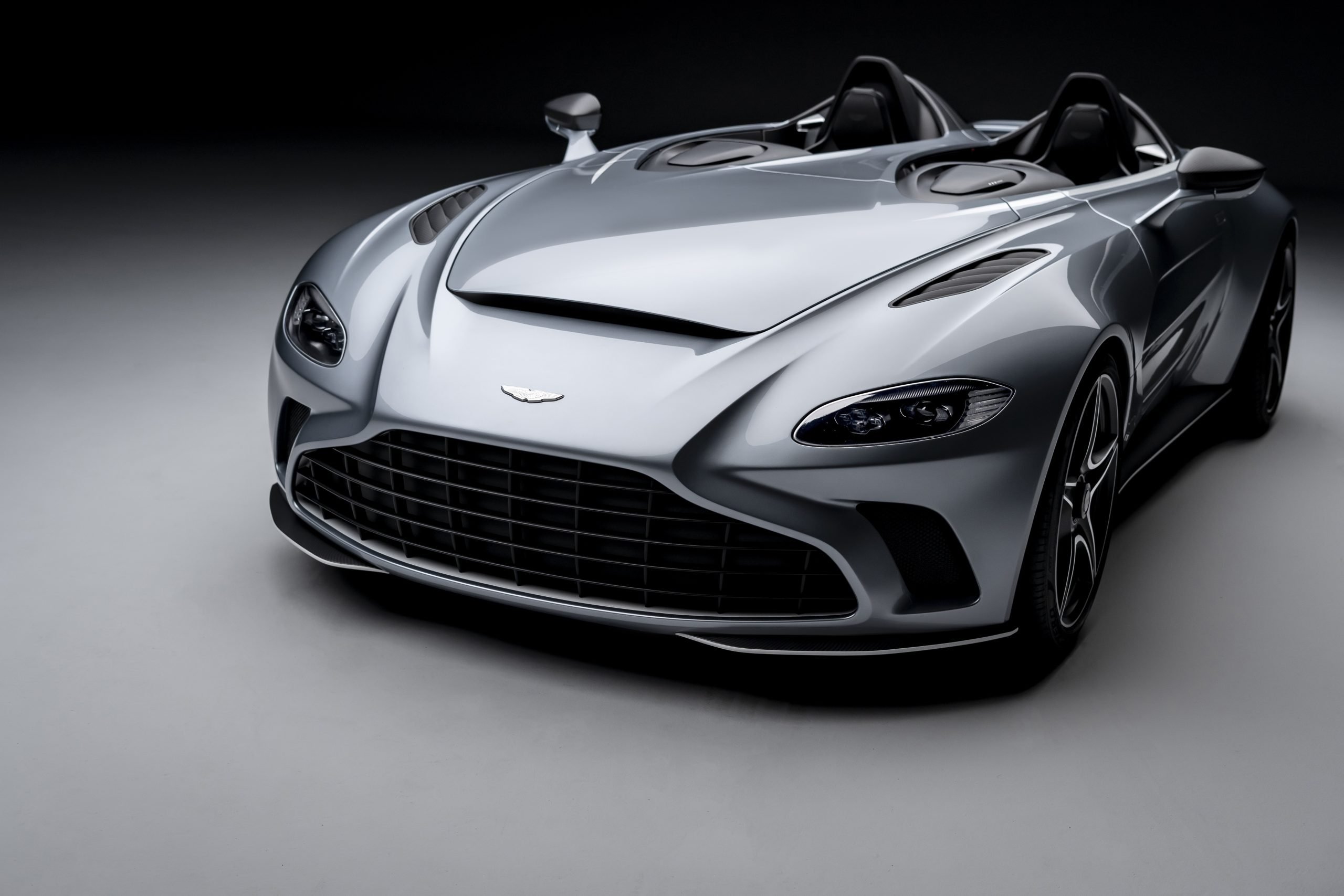
Inspired by fighter jets, the dashing DBR1 racer that won Le Mans in ‘59 and the industry’s new desire to sell minimal sports cars for maximal cash, the Speedster is definitely a thing of beauty. Rare as well, with a production run of 88 units. That familiar Aston allure comes at a price, times two: the base fare is $950,000, nearly six times that of another worthy Aston convertible, the $164,000 Vantage AMR Roadster. Secondly, American buyers can only sample their Speedsters on track, or private roads, because of our pesky safety regulations that forbid cars with no windshields. Where the Ferrari Monza and McLaren Elva have ingenious ducting systems that wall off airflow over the hood to create “virtual windshields,” the Aston driver and passenger best be wind-in-hair types, to say nothing of bugs-in-teeth. Stiff breeze is assured with a 700-horsepower, twin-turbo V-12, a 3.5-second dash to 60 mph and a 186 mph peak. The stripped-down approach continues with about 300 pounds of weight reduction versus a DBS Superleggera Volante, which shares the Speedster’s bonded aluminum platform.
Bentley Mulliner Bacalar
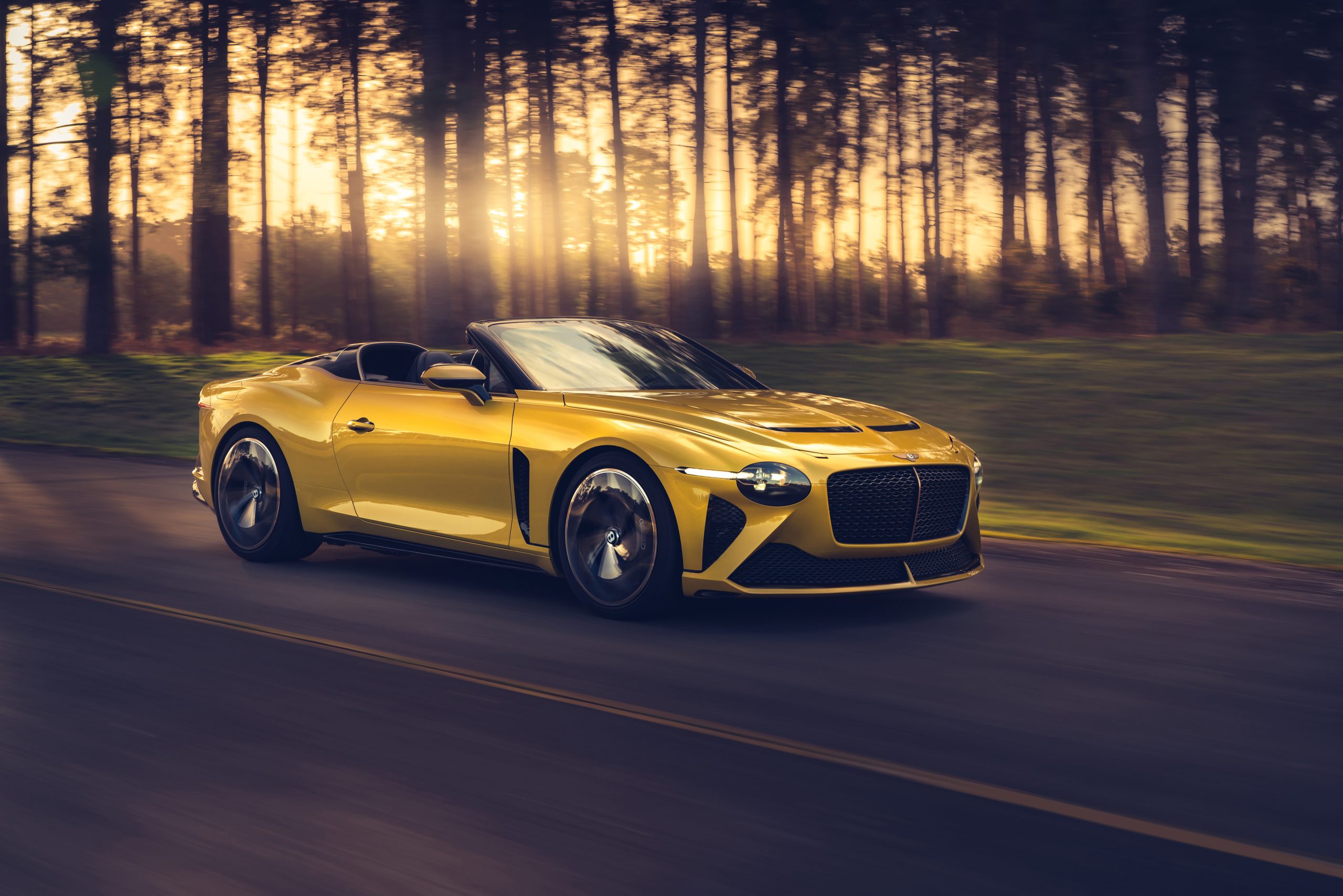
In automotive parlance, barchetta means “little boat.” And while Bentley’s yacht-sized version can’t hold a candle to a classic Ferrari 166 MM, it has dredged something from the bottom to help justify a $1.9 million price tag—petrified wood trim, salvaged from the peat bogs and lakes of East Anglia, UK, and turned a distinctive shade of black after 5,000 years underwater. You know, like this guy. As for rainwater, the Mulliner Bacalar also has no roof, in the current trend of cars for the ultra-wealthy. (Looking cloudy? Take the Range Rover.) Unlike the fully al fresco Aston, Ferrari Monza or McLaren Elva, the Bentley keeps a windshield and side glass. Other “sustainable” materials include metallic paint with a sparkle that Bentley credits to rice husk ash, a byproduct of rice production. Traditional consumption perseveres with 650 horsepower from a 6.0-liter V-12 and a claimed top speed above 200 mph. Race all you like, but Bentley says all 12 copies are already sold out.
Pininfarina Battista Anniversario
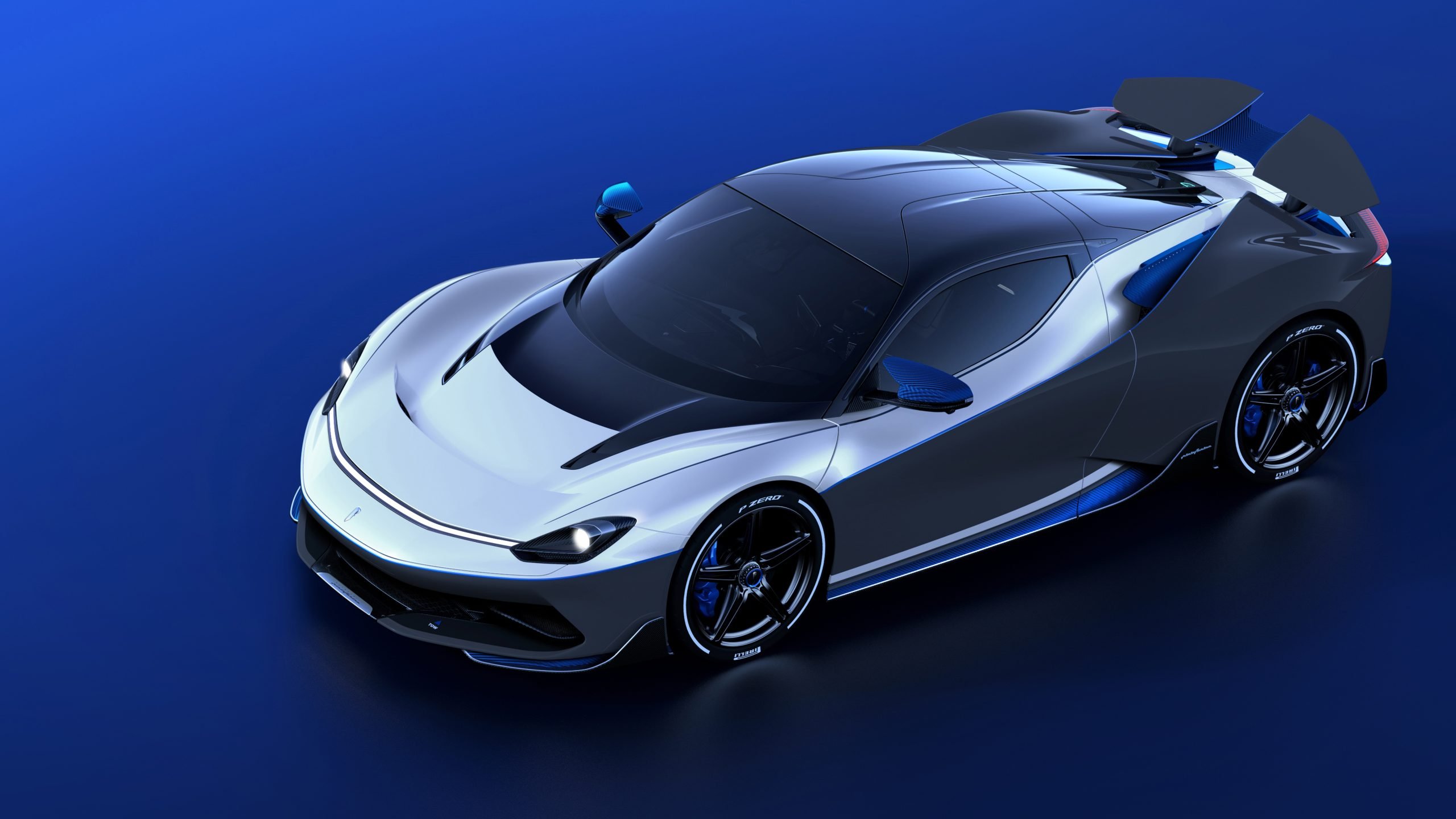
Pop the champagne, and make it a good one: Pininfarina S.p.A., the Italian coachbuilder and design house associated with some of history’s most knee-wobbling Ferraris, Alfa Romeos, Lancias and Maseratis, celebrates its 90th anniversary in 2020. Guest of honor is the Battista Anniversario, a 217 mph, $2.6 million electric hypercar to be built by Automobili Pininfarina, the company’s new car-making division. It’s an international effort; Pininfarina is now owned by India’s Mahindra, which makes one hell of a tractor. On a somewhat faster note, the Pininfarina’s insane powertrain—with electric motors at all four wheels and 1,900 horsepower—hails from Croatia and engineer/entrepreneur Mate Rimac of Rimac Automobili. The company says the Battista will turn the 0-60 mph trick in 1.9 seconds, faster than a Formula One racer. The sprint to 186 mph, or 300 kph, should take less than 12 seconds. Pininfarina is also proceeding with a standard Battista, but that one won’t have the so-called “Furiosa” aerodynamic package or the nifty tricolor paint job. And while the company plans to build 150 Battistas, only five will be Anniversarios.

